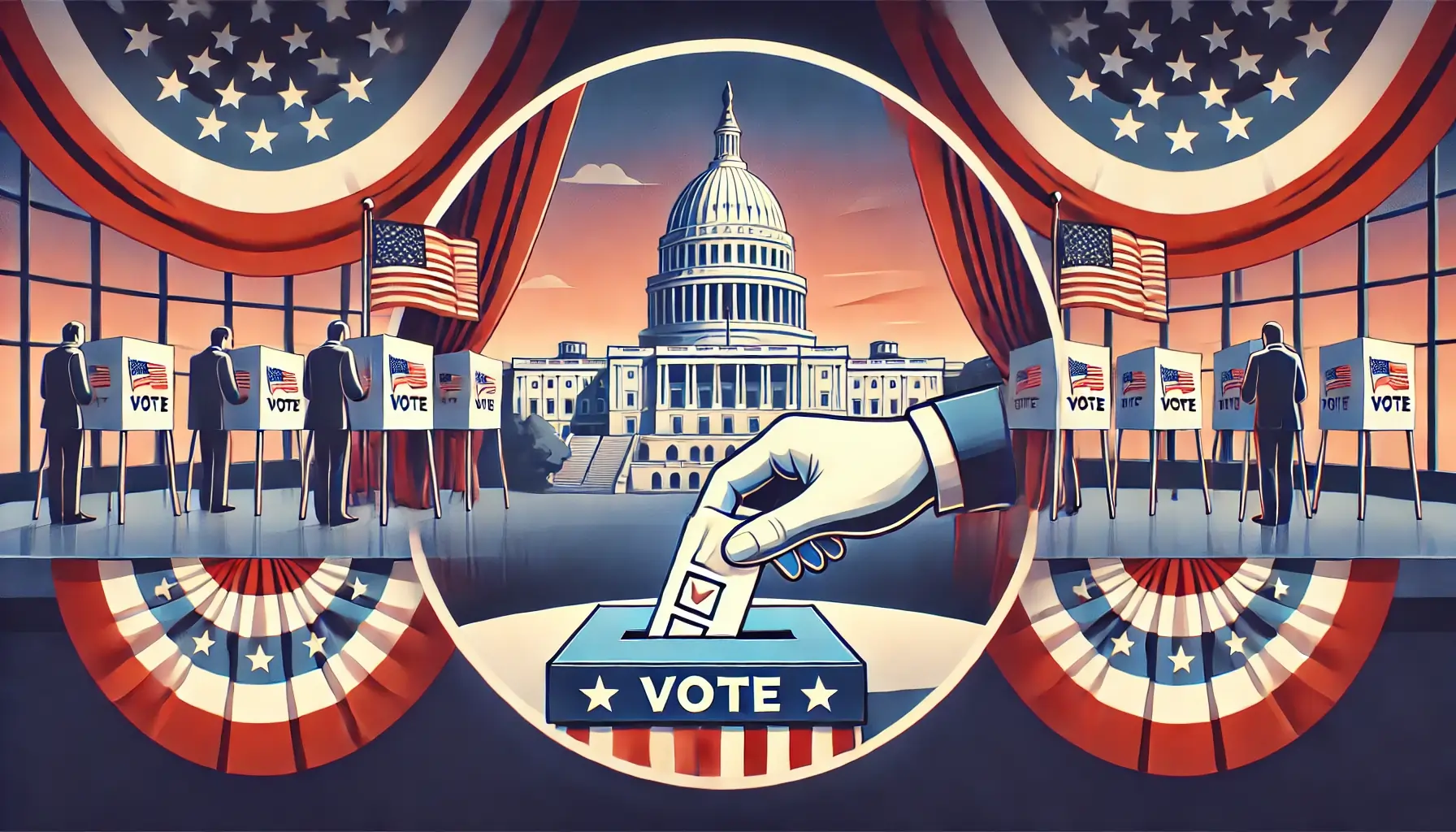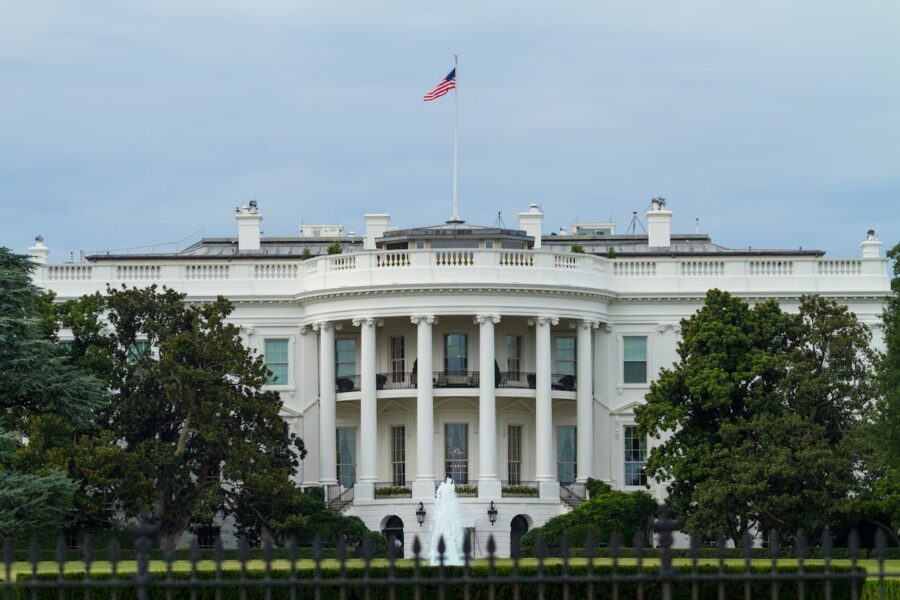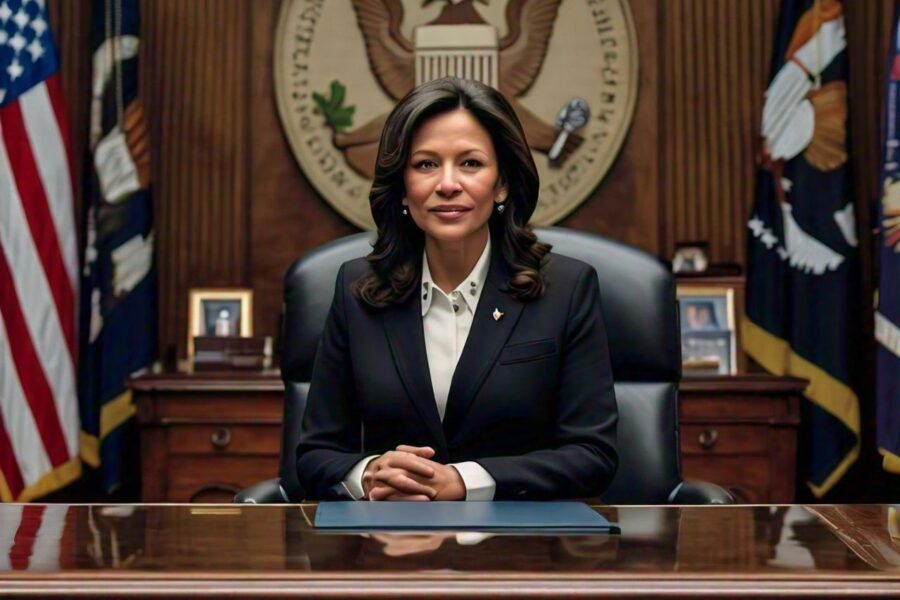The United States’ election system is one of the most discussed and complex democratic processes in the world. From local elections to the grand presidential races, the U.S. elections capture the attention of both American citizens and global spectators alike. This comprehensive guide aims to break down every aspect of the U.S. election process, including its history, mechanics, and key components, to help you better understand how American democracy functions.
A Brief History of U.S. Elections: From the Founding Fathers to Modern Day
The U.S. election system has evolved significantly since the country’s founding in 1776. The framers of the U.S. Constitution, inspired by democratic ideals from ancient Greece and republican principles from Rome, sought to create a system that would allow the people to elect their leaders while balancing power between the states and the federal government. This balance of power became crucial in shaping the electoral system we see today.
Initially, voting rights were restricted primarily to white, landowning males. Over the centuries, many amendments to the Constitution have expanded the right to vote, gradually incorporating all citizens regardless of race, gender, or wealth. Key milestones include:
- The 15th Amendment (1870): Prohibited denying the right to vote based on race.
- The 19th Amendment (1920): Granted women the right to vote.
- The Voting Rights Act of 1965: Eliminated racial discrimination in voting.
- The 26th Amendment (1971): Lowered the voting age to 18.
These amendments were pivotal in shaping a more inclusive electorate, ensuring that today’s elections reflect the voices of all U.S. citizens.
The Structure of U.S. Elections: Local, State, and Federal Levels
The U.S. has a federal system of government, which means elections occur at three levels: local, state, and federal. Each level plays a significant role in governance and is essential to the overall functioning of American democracy.
Local Elections
Local elections happen at the city or county level, where officials like mayors, city council members, and county commissioners are elected. These elections may also include local referenda on policy issues such as school funding, public safety, or infrastructure improvements.
Local elections are crucial because the decisions made at this level often have a direct and immediate impact on citizens’ daily lives. Voter turnout in local elections, however, is often lower than in state or national elections, despite their significant influence on community life.
State Elections
State elections determine the officials who will govern at the state level, including governors, state legislators, and attorneys general. These elections can also involve referenda on state laws or constitutional amendments.
Each state has its own election laws, which means the process can vary significantly from one state to another. Some states, for example, hold elections for judges and other local officials that are appointed in other states. The governor, who is the chief executive of a state, often has a significant role in shaping state policies, which makes gubernatorial elections highly important.
Federal Elections
Federal elections occur every two years and involve the election of members to the U.S. Congress, as well as the President of the United States every four years. Federal elections are governed by both federal and state laws, but the Federal Election Commission (FEC) regulates campaign finance and certain electoral processes.
In federal elections, citizens vote for their representatives in the House of Representatives, the Senate, and the presidency. These elections are often the most high-profile and receive the most media attention, as they determine the future of national policies.
The Electoral Process: Primaries, Caucuses, and General Elections
The U.S. election process is unique, particularly when it comes to selecting presidential candidates. While many other democratic nations use a straightforward general election system, the U.S. involves a more complicated process that includes primaries, caucuses, conventions, and, ultimately, the general election.
Primaries and Caucuses
The primary election season is where each political party selects its candidate for the presidency. These primary elections or caucuses (depending on the state) occur in all 50 states and U.S. territories. The primary system can be classified into two main types:
- Open Primaries: Voters do not need to be registered with a party to vote in that party’s primary.
- Closed Primaries: Only registered party members can vote in their respective party’s primary.
In contrast, caucuses are more like meetings where party members gather to discuss and vote on their preferred candidates. They tend to be more participatory and community-driven but are less common than primaries.
Iowa traditionally holds the first caucus, and New Hampshire hosts the first primary. These early contests often shape the narrative for the rest of the election cycle, as strong showings can propel candidates to national prominence.
National Conventions
After the primary season, each political party holds a national convention to officially nominate their candidate for president. At the convention, delegates selected through the primaries and caucuses cast their votes for their preferred candidate. Once the nominee is selected, the party moves into the general election campaign.
Conventions also serve as a platform for unifying the party and setting the party’s platform, outlining the issues they intend to focus on during the general election.
The General Election
The general election is the culmination of the U.S. election process, held on the first Tuesday after the first Monday in November every four years. On this day, citizens cast their ballots for the president and other federal officials.
While it may seem straightforward, the general election for the presidency is actually a two-step process, involving both the popular vote and the Electoral College.
The Electoral College: A Unique American Institution
The Electoral College is one of the most distinctive—and controversial—features of the U.S. election system. Established by the Constitution, the Electoral College is the mechanism used to elect the president and vice president of the United States.
How the Electoral College Works
In the Electoral College system, each state is allocated a certain number of electors based on its representation in Congress (the total of its senators and representatives). There are 538 electors in total, and a candidate must win a majority (at least 270) of these electors to become president.
When voters cast their ballots in a presidential election, they are actually voting for a slate of electors chosen by their state’s political party. The winning candidate in each state (except Maine and Nebraska, which allocate electors proportionally) receives all of that state’s electoral votes.
Controversy and Criticism
The Electoral College system has been the subject of much debate. Critics argue that it allows for the possibility of a candidate winning the presidency without winning the popular vote, as happened in the 2000 and 2016 elections. Supporters, however, argue that it ensures smaller states have a voice in the election process and prevents candidates from focusing solely on large urban areas.
Despite the controversy, the Electoral College remains a fundamental part of U.S. presidential elections, though there have been calls for reform over the years.
Campaign Finance: The Money Behind U.S. Elections
Campaign finance plays a massive role in U.S. elections. Running for office, particularly at the federal level, requires significant funds for advertisements, staff, travel, and other campaign activities.
Sources of Campaign Funding
Candidates for office receive funds from various sources, including:
- Individual Donations: Citizens can contribute to campaigns, though there are limits on how much they can donate.
- Political Action Committees (PACs): PACs raise and spend money to elect or defeat candidates, often focusing on specific issues.
- Super PACs: Unlike regular PACs, Super PACs can raise unlimited funds from individuals, corporations, and unions. However, they are not allowed to coordinate directly with candidates.
- Public Financing: Presidential candidates can opt to receive public funding for their campaigns but must adhere to spending limits if they do so. Most modern candidates, however, decline this funding to avoid the spending cap.
The Role of the Federal Election Commission
The Federal Election Commission (FEC) is responsible for enforcing campaign finance laws in the U.S. It regulates how much individuals and organizations can contribute to campaigns and ensures transparency in campaign spending by requiring candidates to file detailed financial reports.
Voter Participation: The Cornerstone of Democracy
Voter participation is a vital element of the U.S. election system. Historically, voter turnout in the U.S. has been lower compared to other democracies, with various factors influencing whether citizens decide to vote.
Voter Registration
In the U.S., citizens must register to vote before they can participate in an election. Each state has different registration deadlines and procedures, which can sometimes make the process confusing for voters. Many states now allow online registration, and some states have even adopted same-day registration, where citizens can register and vote on the same day.
Barriers to Voting
Despite the expansion of voting rights, there are still barriers that can prevent people from voting. These include voter ID laws, long lines at polling stations, and restrictions on early voting or absentee ballots. Voter suppression has also been a hotly debated topic in recent years, with accusations that certain laws and regulations disproportionately affect minority voters.
Efforts to Increase Voter Turnout
Various efforts have been made to increase voter turnout, including expanding early voting, promoting vote-by-mail options, and encouraging voter registration drives. Political campaigns, advocacy groups, and celebrities often engage in get-out-the-vote efforts, urging citizens to exercise their right to vote.
Election Security and Integrity: Safeguarding the Vote
In the age of digital technology, ensuring the security and integrity of elections has become increasingly important. Allegations of foreign interference in U.S. elections, particularly during the 2016 presidential race, have raised concerns about the vulnerability of the election system.
Steps Taken to Improve Security
To address these concerns, various measures have been implemented to improve election security:
- Paper Ballots: Many states have switched to paper ballots or paper audit trails to ensure a reliable backup in case of electronic voting machine malfunctions.
- Cybersecurity: The Department of Homeland Security has designated U.S. election systems as critical infrastructure, meaning they receive increased federal support to protect against cyberattacks.
- Election Audits: Post-election audits are conducted in many states to verify the accuracy of election results and ensure there has been no tampering.
Ensuring free and fair elections is crucial to maintaining trust in the democratic process, and ongoing efforts are being made to protect U.S. elections from both domestic and foreign threats.
Conclusion: The Power of the Vote in U.S. Democracy
The U.S. election system is a complex yet crucial part of the country’s democratic process. From the local to the federal level, each election allows citizens to have a say in how they are governed. While the system has its flaws and challenges, such as the ongoing debates around the Electoral College and voter suppression, it remains one of the most significant democratic processes in the world.
Understanding the mechanics of U.S. elections helps demystify the process and reminds us all of the power of the vote. Whether in a local school board race or a national presidential election, each vote counts and contributes to shaping the future of the United States.



